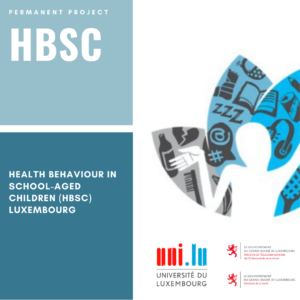This report is based on HBSC surveys conducted in 2006, 2010, 2014 and 2018. In each wave more than 7000 pupils aged 11-18 years completed a survey on a wide range of health related indicators. This report presents the trends for the period from 2006 to 2018 for 30 key indicators broken down by gender, wealth, school type, nationality and age. The report shows both improvements in health related behaviours as well as deteriorations over the time period.
This report shows how 30 health indicators developed in the four Luxembourg HBSC surveys conducted in 2006, 2010, 2014 and 2018. There were positive trends especially in the health behaviour of the pupils: they smoke less and drink less alcohol. They also report more frequently that they brush their teeth regularly, eat more fruit and fewer sweets and consume fewer soft drinks. From 2006-2018, however, there were also deteriorations. For example, more pupils feel stressed from school and rate the climate among classmates worse. In addition, there are more pupils who are overweight and exercise less and more pupils report having psychosomatic health complaints.
Trends from 2006 – 2018 in health behaviour, health outcomes and social context of adolescents in Luxembourg
HBSC Luxembourg trends report
Zitiervorschlag
Heinz, A., van Duin, C., Kern, M. R., Catunda, C. & Willems, H. (2020). Trends from 2006 – 2018 in health behaviour, health outcomes and social context of adolescents in Luxembourg: HBSC Luxembourg trends report. Health behaviour in school-aged children: World health organizaton collaborative cross-national study. Esch-sur-Alzette. University of Luxembourg (UL); Ministère de l’Éducation nationale, de l’Enfance et de la Jeunesse (MENJE); Ministère de la Santé.



